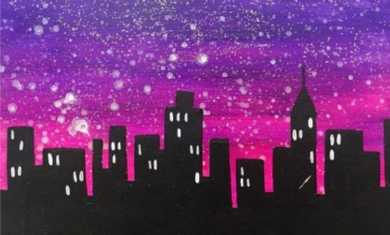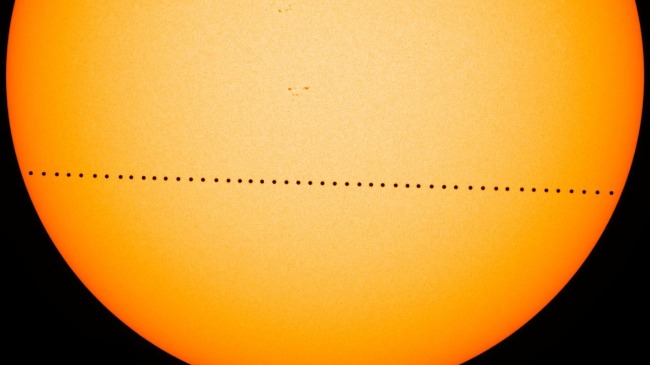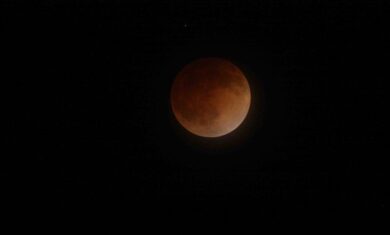Adler Skywatch: September 2020
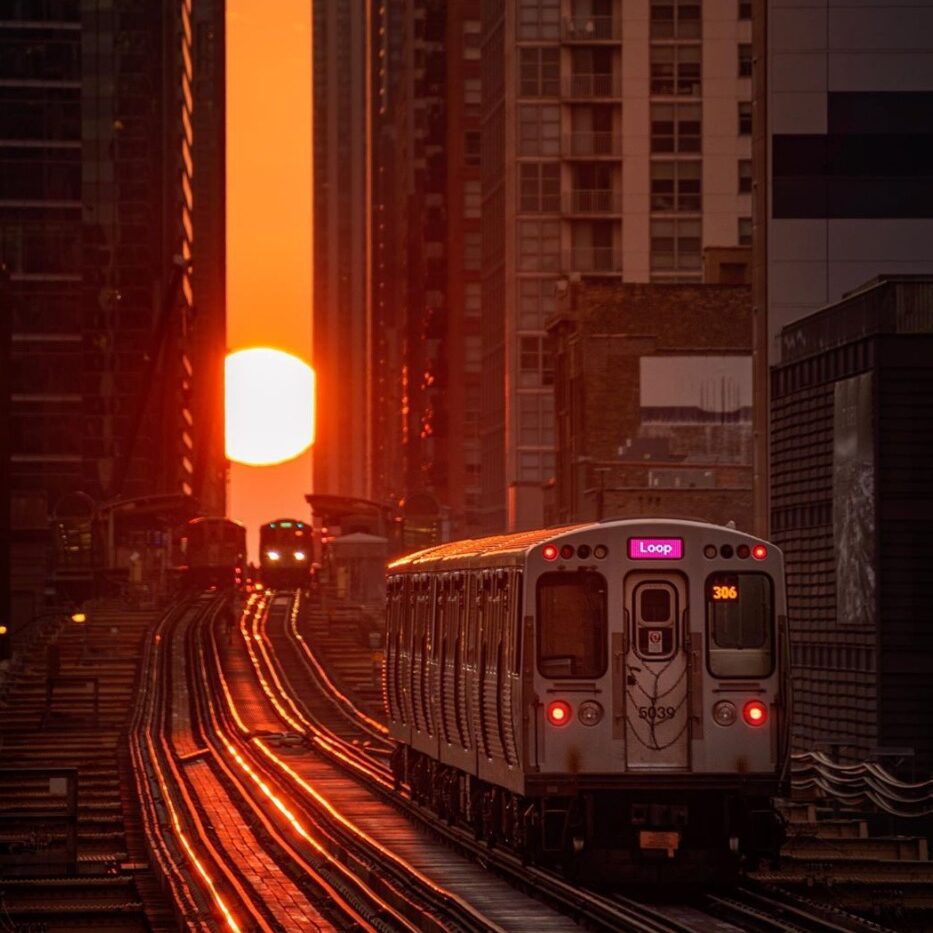
Header Image: The Sun sets during Chicagohenge as a CTA train in Chicago, Illinois travels towards it. Image Credit: @cdats
It’s a great month for planet viewing and observing the Earth-and-sky occurrence known as “Chicagohenge”, in September 2020.
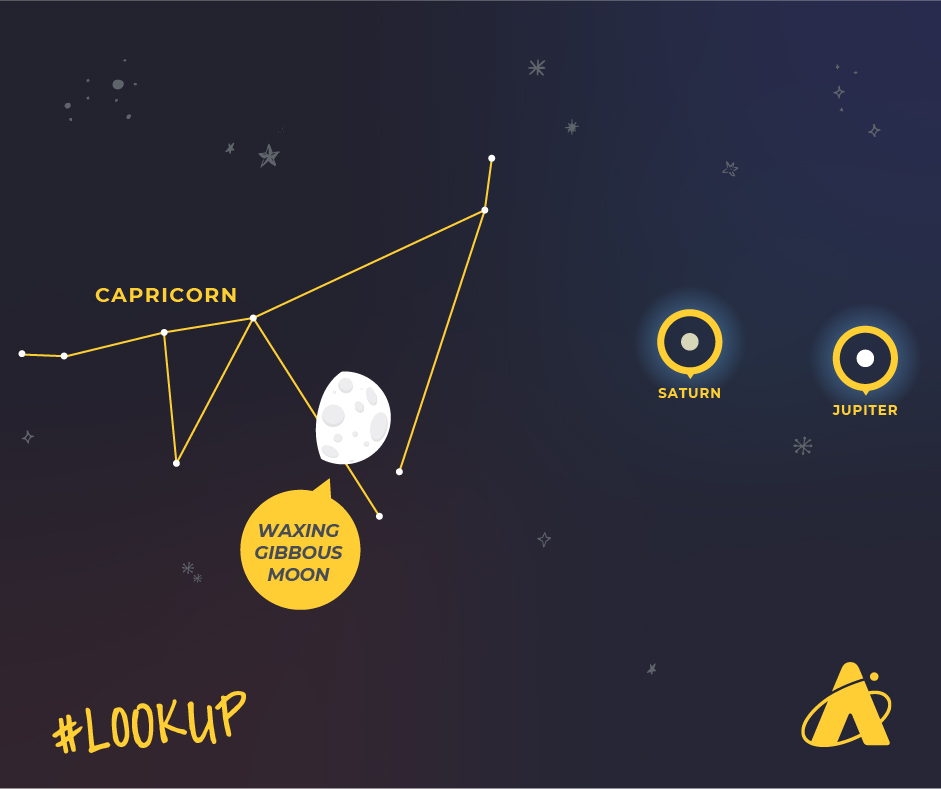
Start your planet viewing during evening twilight by looking low in the southern skies to see the bright planet Jupiter. Less than ten degrees to its left is the planet Saturn, not as bright as Jupiter, but still brighter than the nearby stars. The evening of the 24th, a waxing gibbous Moon floats below and to the right of Jupiter. The next evening, the 25th, the waxing gibbous Moon is below Saturn. The evening of the 26th, the waxing gibbous Moon will be among the stars of the constellation Capricorn with Saturn and Jupiter to its right. During the hour before 12:00-midnight CDT, Jupiter and Saturn are starting to set and are very low in the southwest.
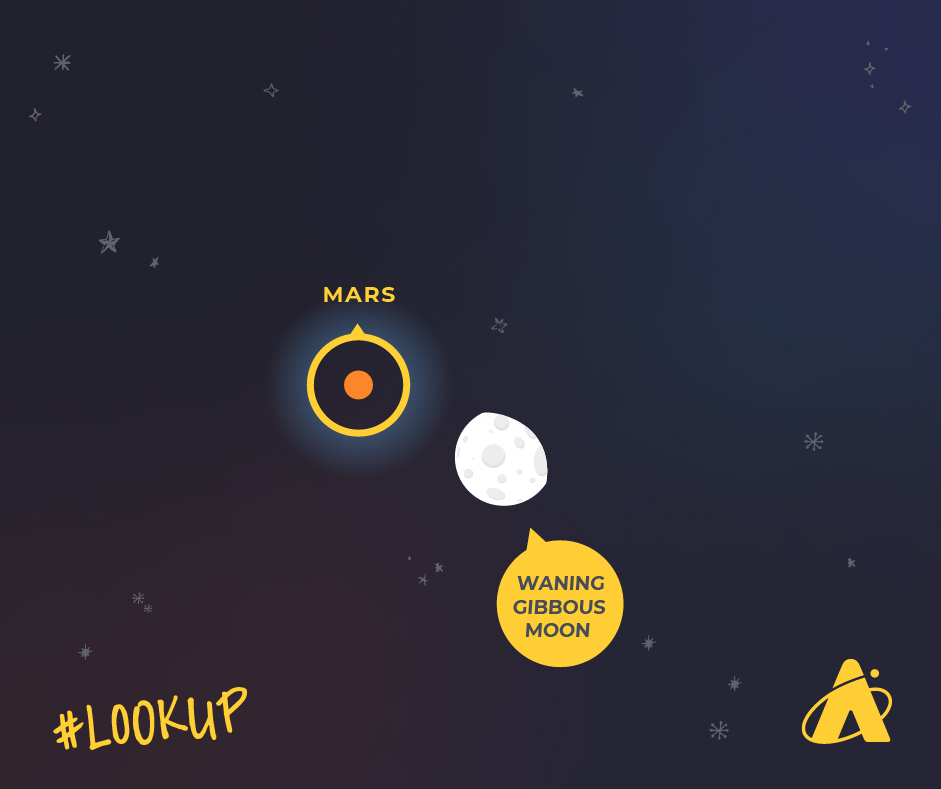
This month the planet Mars rises nearly due-east around 10:00pm CDT at the start of the month; by month’s end, it rises around 8:00pm. Not only does Mars rise earlier each evening this month, but it gets brighter, reaching nearly minus-2.5 magnitude by the end of the month. That’s as bright as Jupiter, which is unusual. For a couple hours before midnight, you can compare the increasing brightness of Mars low in the east and Jupiter low in the southwest. Whenever Jupiter is visible, it’s always bright and eye-catching; but Mars’s brightness varies significantly. A year ago this month Mars was barely at 1.7 magnitude. The night of the 5th and early-morning darkness of the 6th, Mars is very close to a waning gibbous Moon. Mars is fairly high in the sky during the hours after midnight, and is in the west-southwest by morning twilight.
Even brighter than Jupiter or Mars this month is the planet Venus. It rises in the east-northeast around 3:00am CDT, shining at brighter than minus-4 magnitude. The morning of the 14th, it appears near a very slim waning crescent Moon.
This month the planet Mercury appears so close to the Sun that it is difficult, if not impossible, to see with the unaided eye.
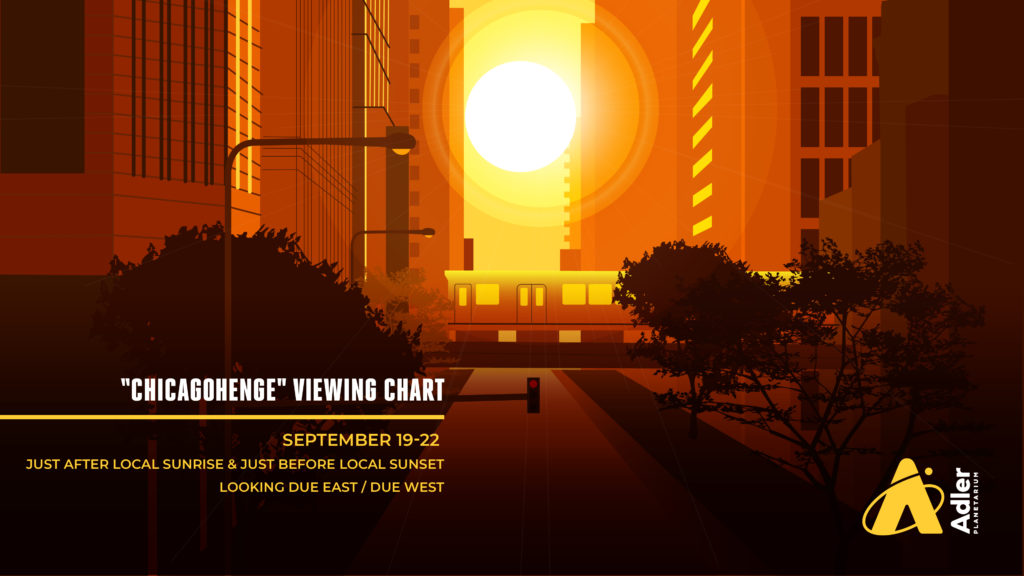
The fall season starts this month with the autumnal equinox, which occurs in the Chicago area at 8:30am on the 22nd. On this equinox, and on the vernal equinox each March, the Sun is directly over Earth’s equator, and daytime and nighttime hours are roughly equal. The local phenomenon known as “Chicagohenge” occurs the days around each equinox — when the setting Sun aligns between two skyscrapers down major east-west-running streets in Chicago’s Loop. When viewing “Chicagohenge” please keep in mind the CDC recommendation for maintaining social distance to curtail the spread of COVID-19.
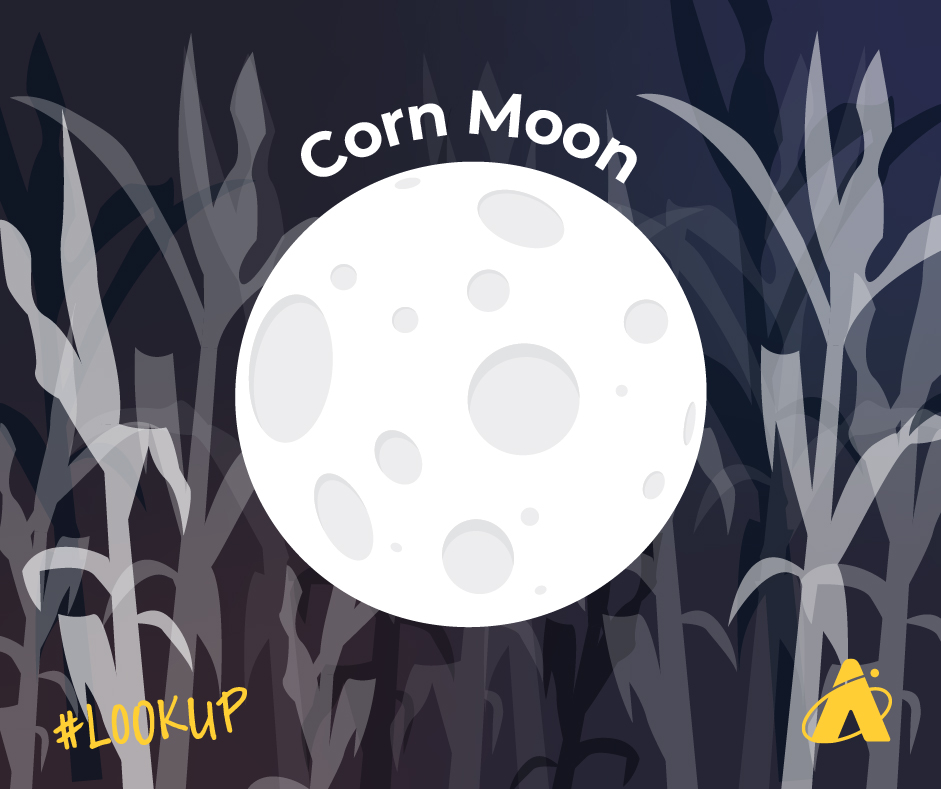
Full Moon: September 2nd
Last Quarter Moon: September 10th
New Moon: September 17th
First Quarter Moon: September 23rd
Please note that these descriptions are for the Chicago area, using Central time.




